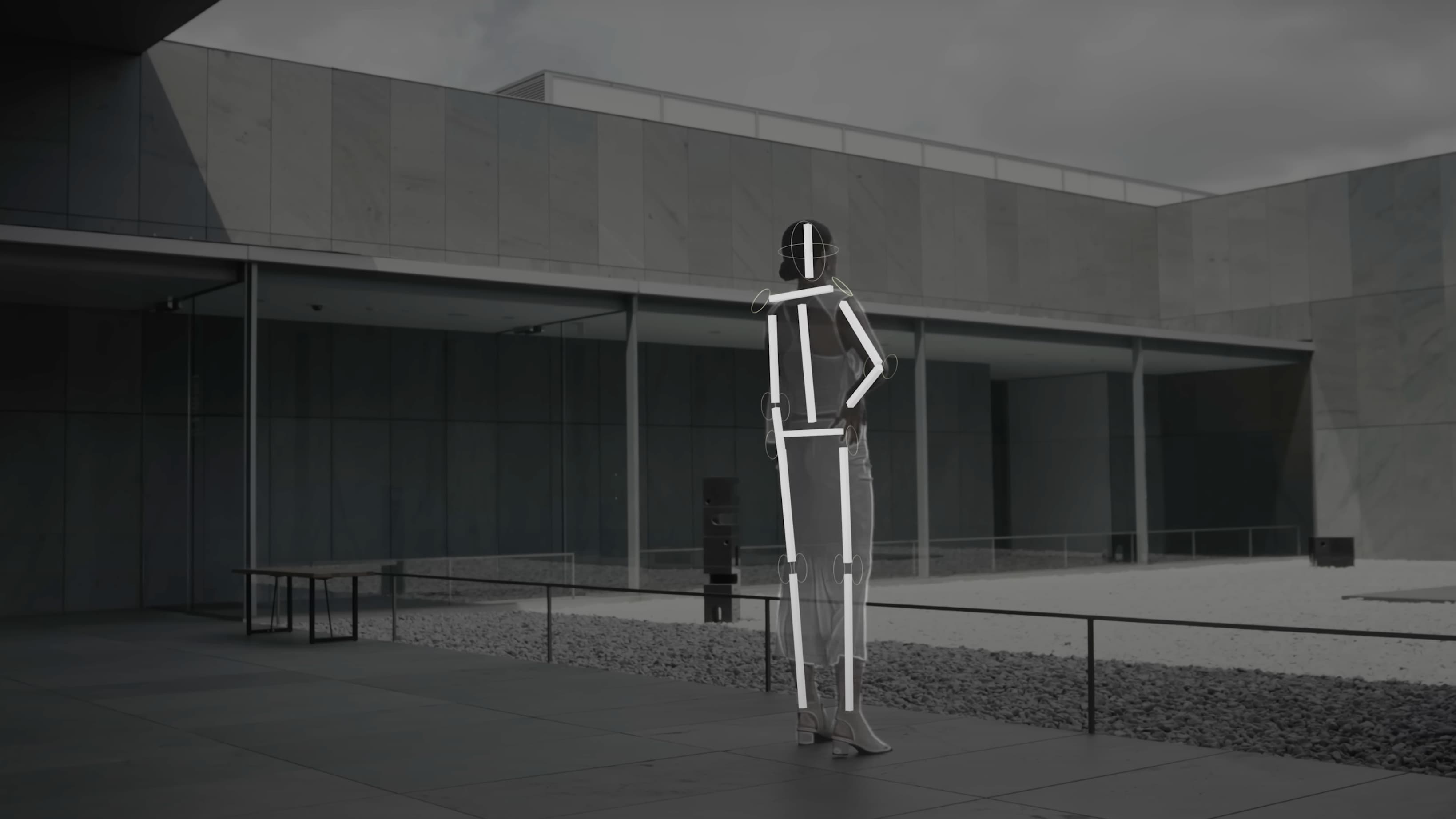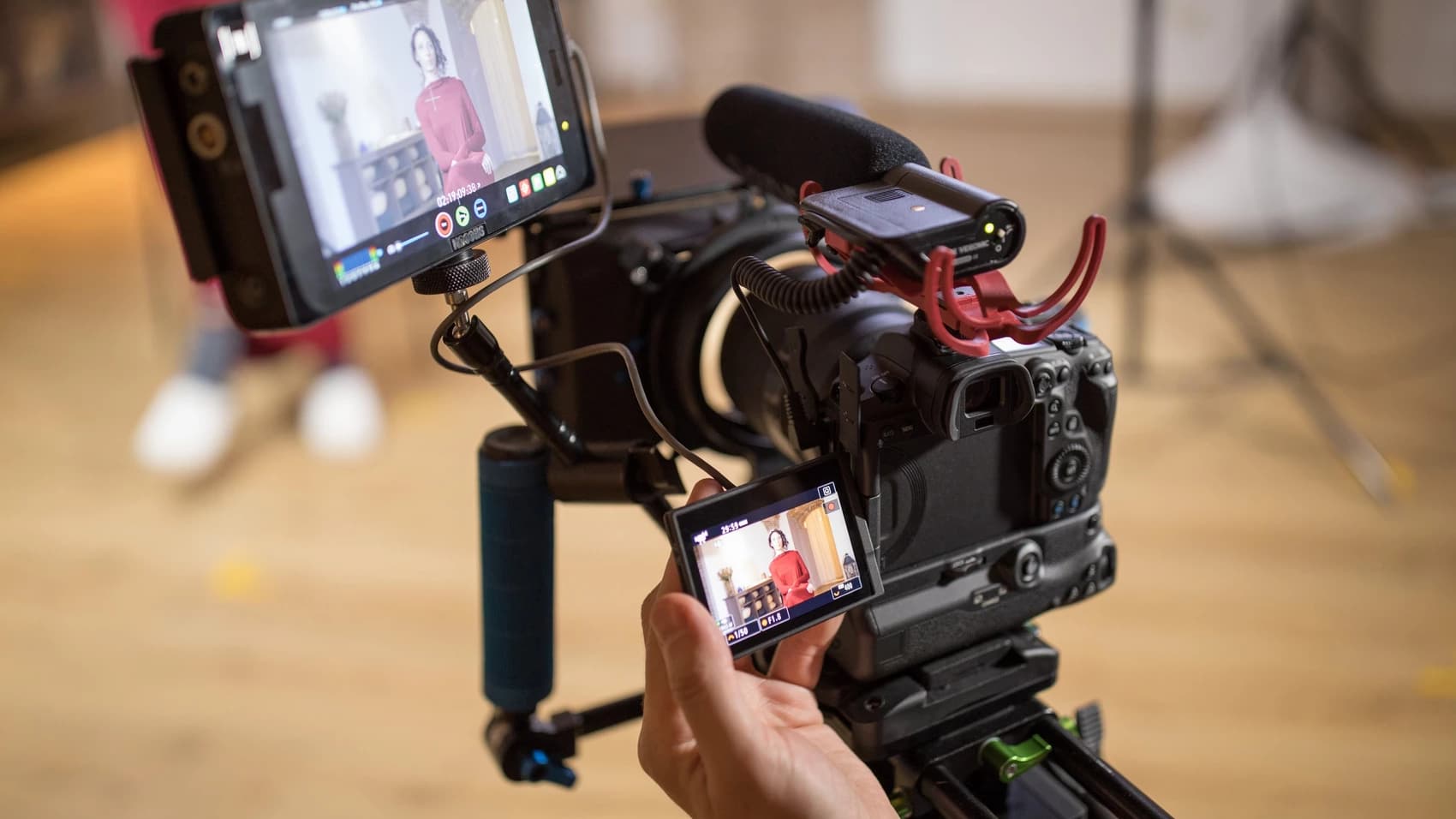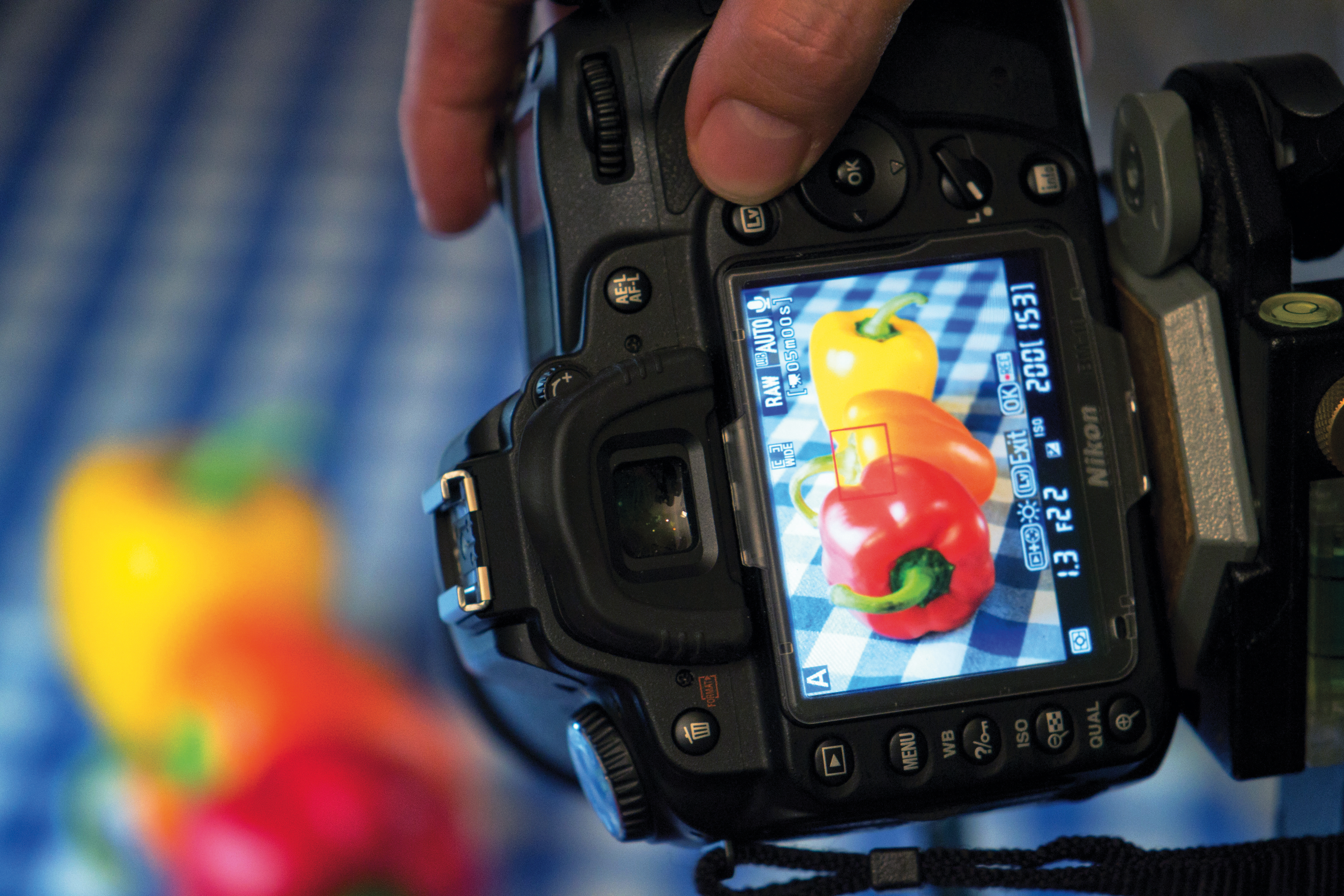Can we just shut up about autofocus for a second?
It’s like autofocus has become the new imaging frontier, the new defining characteristic of how good a camera is

It looks like we’re done with megapixels, thank goodness, we’ve forgotten about exposure metering and there’s really not much more to say about white balance and ISO ranges… so why is autofocus such a thing?
Probably because it’s an area where manufacturers are still making technical advances that can help push new camera sales and can talk about the technological wizardry of AI and deep learning as if we are at the threshold of a new age in digital imaging. Which is a bit annoying for those of us who haven’t quite finished with the old one.
The latest and best professional cameras are being packed with new autofocus features, new subjects and new algorithms at every release. But do we need them?

Do you need AF for video?
Of course you do (we hear you say). How can you keep your subject in focus otherwise – especially if you’re the subject? It’s true. If you’re a solo shooter, constantly on the move, often presenting straight to the camera, you can’t be focusing at the same time. AI-powered human and object recognition, real-time Eye AF and subject tracking all let will let you film in ways you never could before. The Sony A7R V even has its own AI processing unit.
But not everyone is a vlogger. Surprising, huh?
In fact, much of commercial, broadcast and especially cinema work is stage-managed with set actor and prop positions and carefully planned camera movements and focus transitions, usually with a human or mechanical focus puller.
Here, autofocus isn’t just unnecessary, it would get in the way. What you definitely do not need in a professional shoot is a set of algorithms making its own mind up about where to focus. For anyone choosing the best cinema camera, autofocus is probably the last thing on their minds.
Get the Digital Camera World Newsletter
The best camera deals, reviews, product advice, and unmissable photography news, direct to your inbox!
Even solo shooters and vloggers use manual focus from time to time. It’s why lenses still have focus rings, why cinema lenses have geared control rings, and why people make follow focus controllers for gimbals and rigs.
In video, focusing is something that many operators definitely do themselves. Is it the same for stills?

Did AF kill depth of field control?
Depth of field, and the ability to control it, has pretty much gone out of fashion in the world of stills photography. These days we’re in love with fast apertures, background blur and depth of field narrower than a gnat’s eyelash (if they have them, I don’t know). Ultra-fast lenses are a novelty (and a damned expensive one) that shows no sign of wearing off. The best lenses for bokeh will turn everyone into an artist (or the same artist) and the right AF system will do all the hard focusing work for you.
But not so long ago, the photography world was obsessed with depth of field, and how to get more, with smaller apertures and carefully selected focus points that only you – not the camera – could figure out.
The whole art of depth of field control is not just knowing what aperture to use but where to focus – and it’s invariably BETWEEN the nearest and farthest points of interest in the frame.
Even the cleverest AF systems can only focus on one thing at a time, and none of them have any grasp of mid-focus points. Well, actually, Canon’s A-DEP mode on its DSLRs did a few years back, but they soon stopped that.
Autofocus, including the latest AI subject recognition AF, is very good at focusing on one thing at a time, but utterly unequipped for situations where there might be two.
AI autofocus – when an assistant becomes a know-all
Autofocus, like any automated system, is great when you don’t have the time or inclination to do a job that a machine can do just as well. But very often it actually can’t do it as well as you can and you end up with a worse or less predictable result – but hey, at least it was easy, right?
Of course, we may ultimately become convinced that AI can figure out our intentions just as effectively as we can, or that it’s so much easier to let a machine do our thinking that we should no longer attempt it ourselves. Won’t that be great? Or did that happen already?
The best of the Black Friday deals
Best Black Friday camera deals
Canon Black Friday deals
Nikon Black Friday deals
Sony Black Friday deals
Olympus Black Friday deals
GoPro Black Friday deals
Instax Black Friday deals
Adobe Black Friday deals

Rod is an independent photography journalist and editor, and a long-standing Digital Camera World contributor, having previously worked as DCW's Group Reviews editor. Before that he has been technique editor on N-Photo, Head of Testing for the photography division and Camera Channel editor on TechRadar, as well as contributing to many other publications. He has been writing about photography technique, photo editing and digital cameras since they first appeared, and before that began his career writing about film photography. He has used and reviewed practically every interchangeable lens camera launched in the past 20 years, from entry-level DSLRs to medium format cameras, together with lenses, tripods, gimbals, light meters, camera bags and more. Rod has his own camera gear blog at fotovolo.com but also writes about photo-editing applications and techniques at lifeafterphotoshop.com
